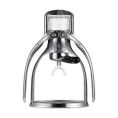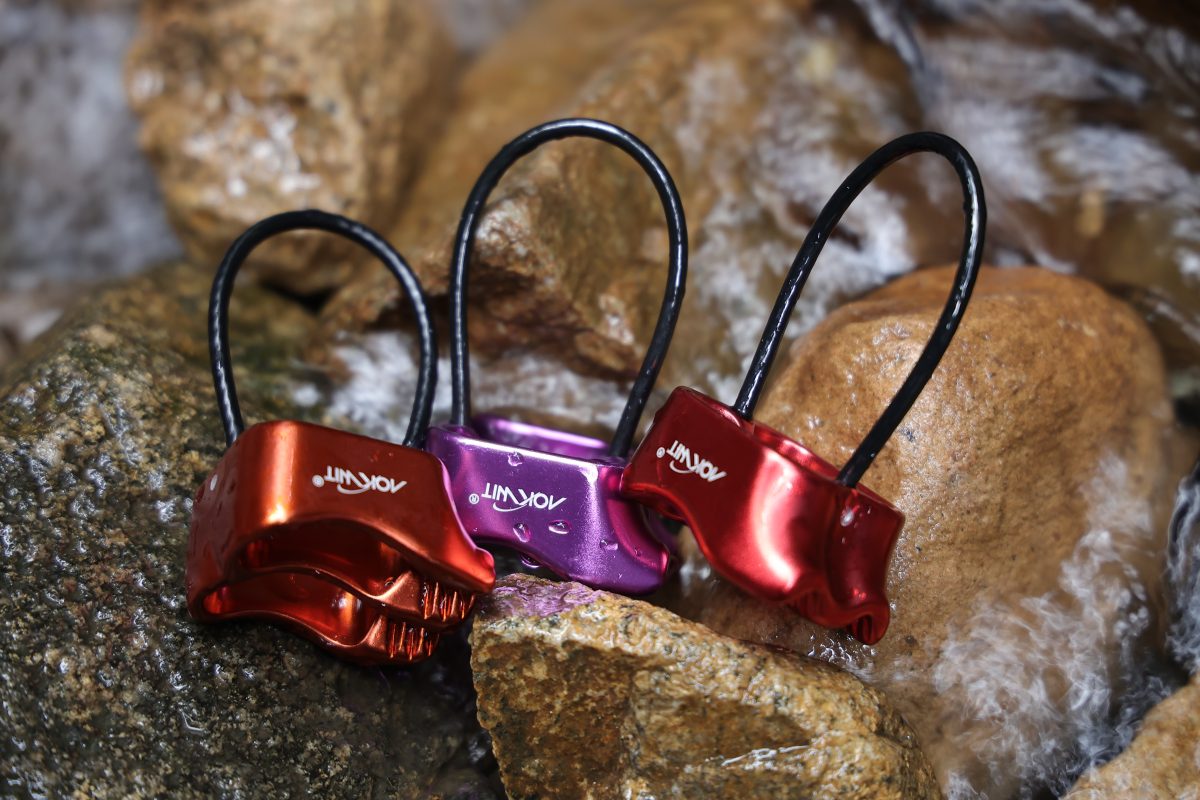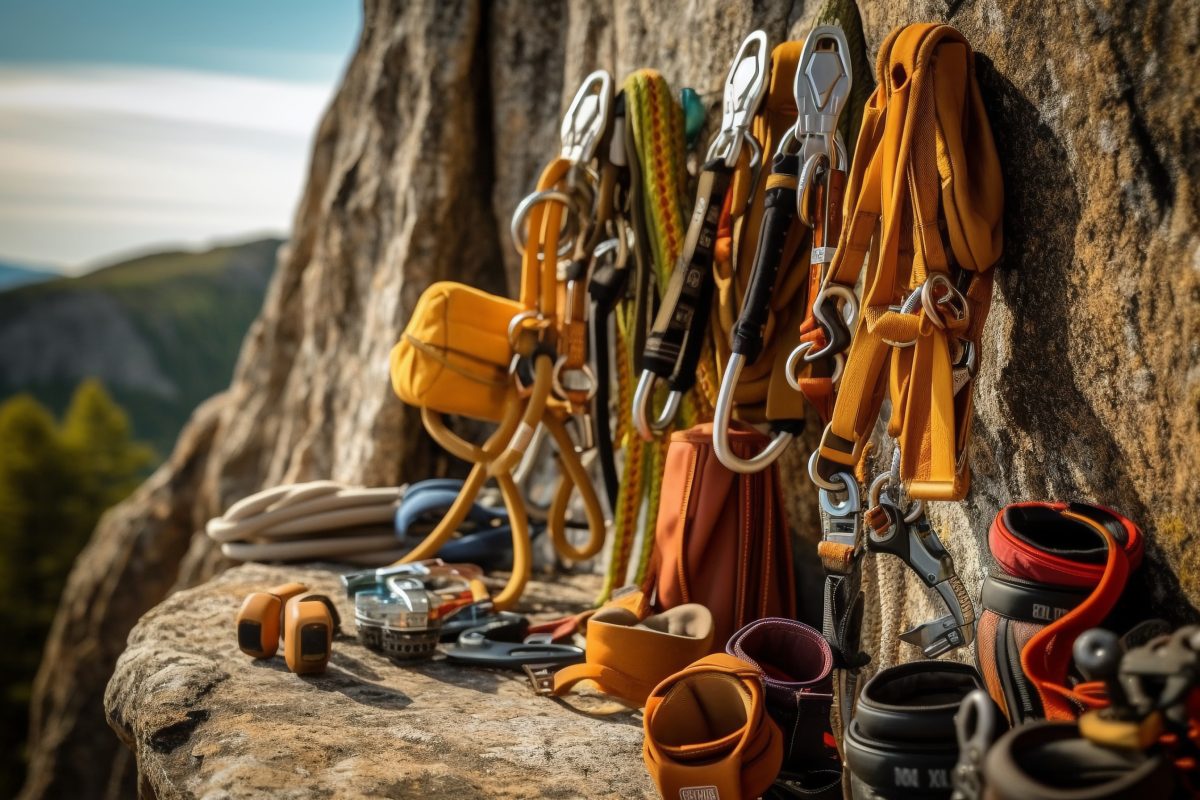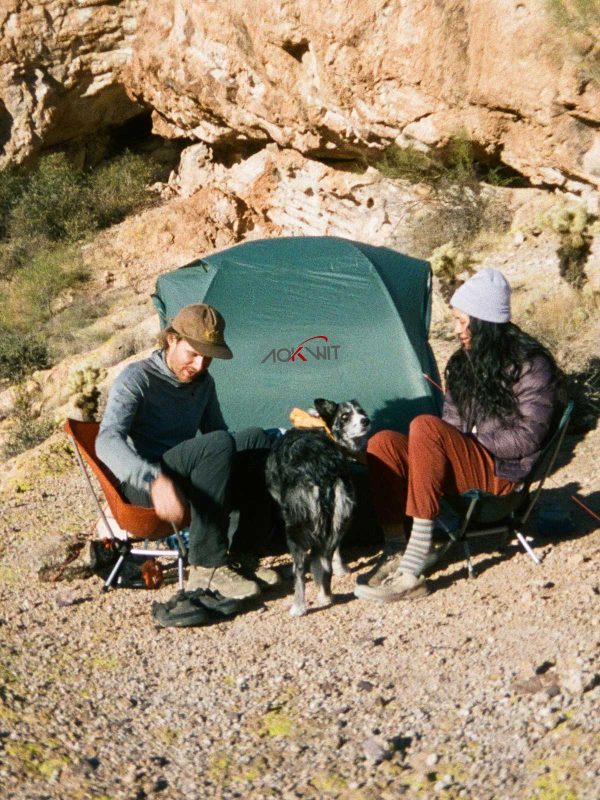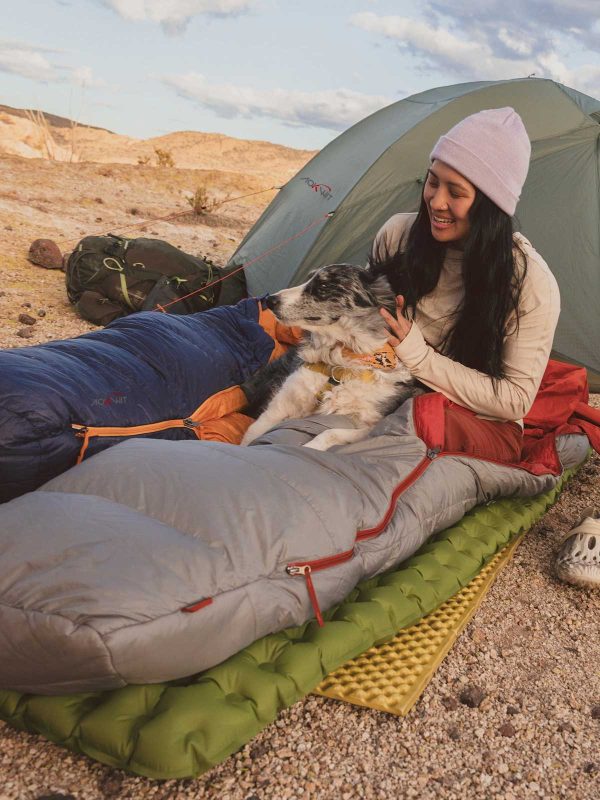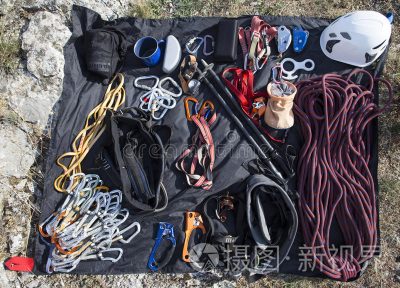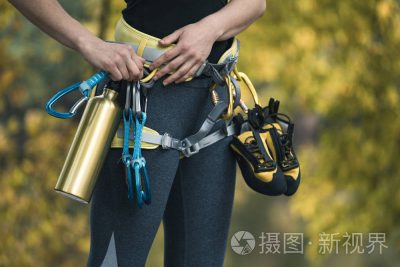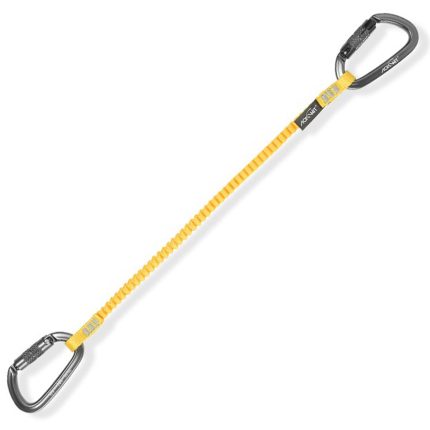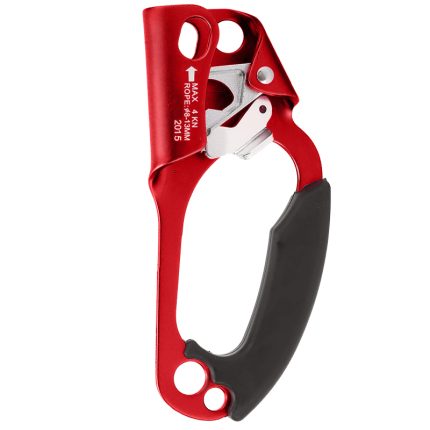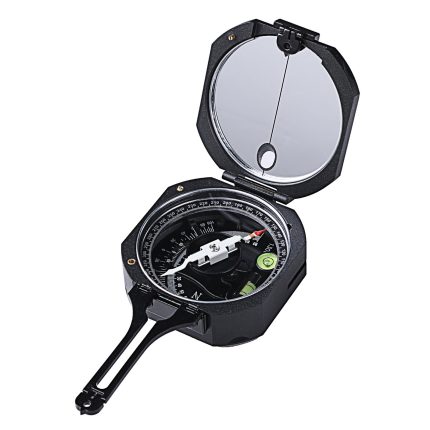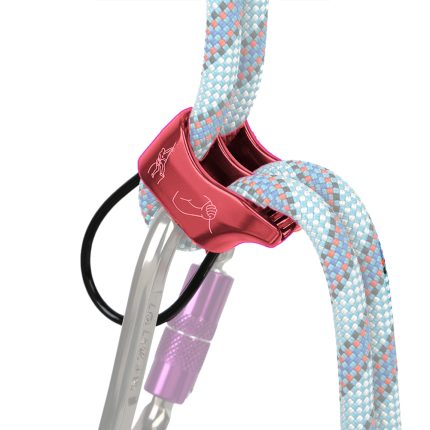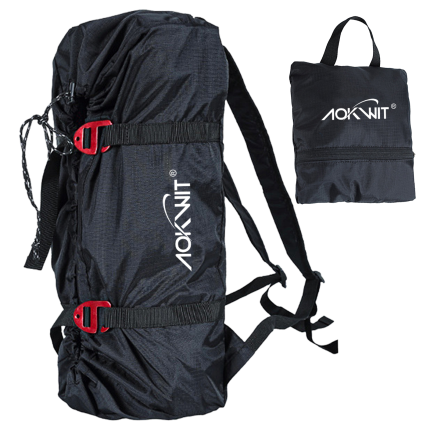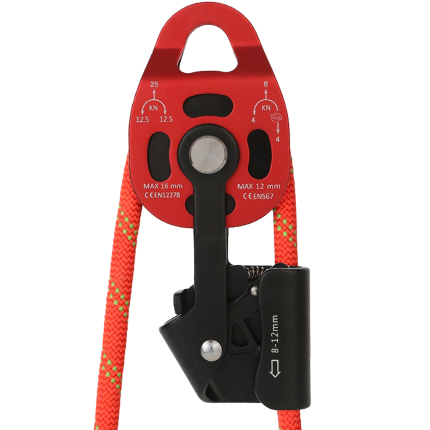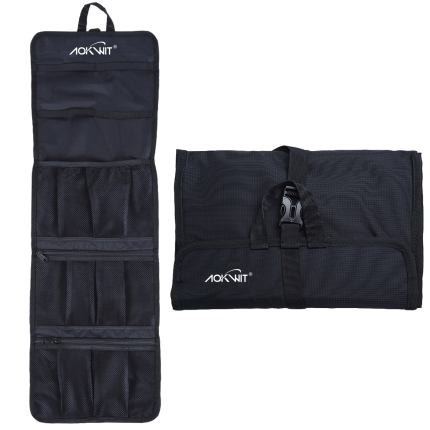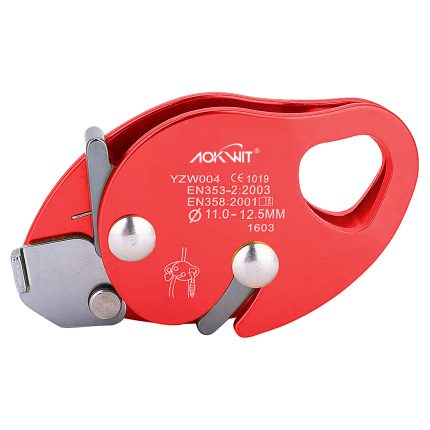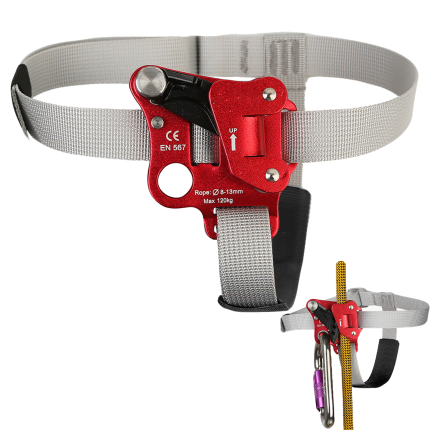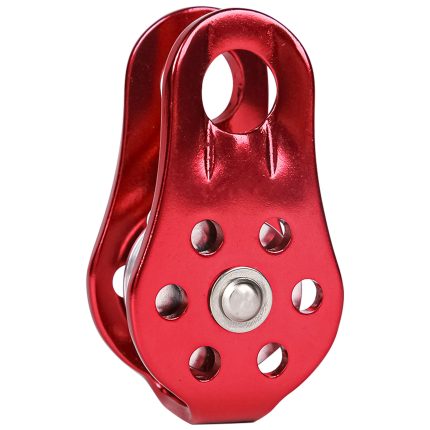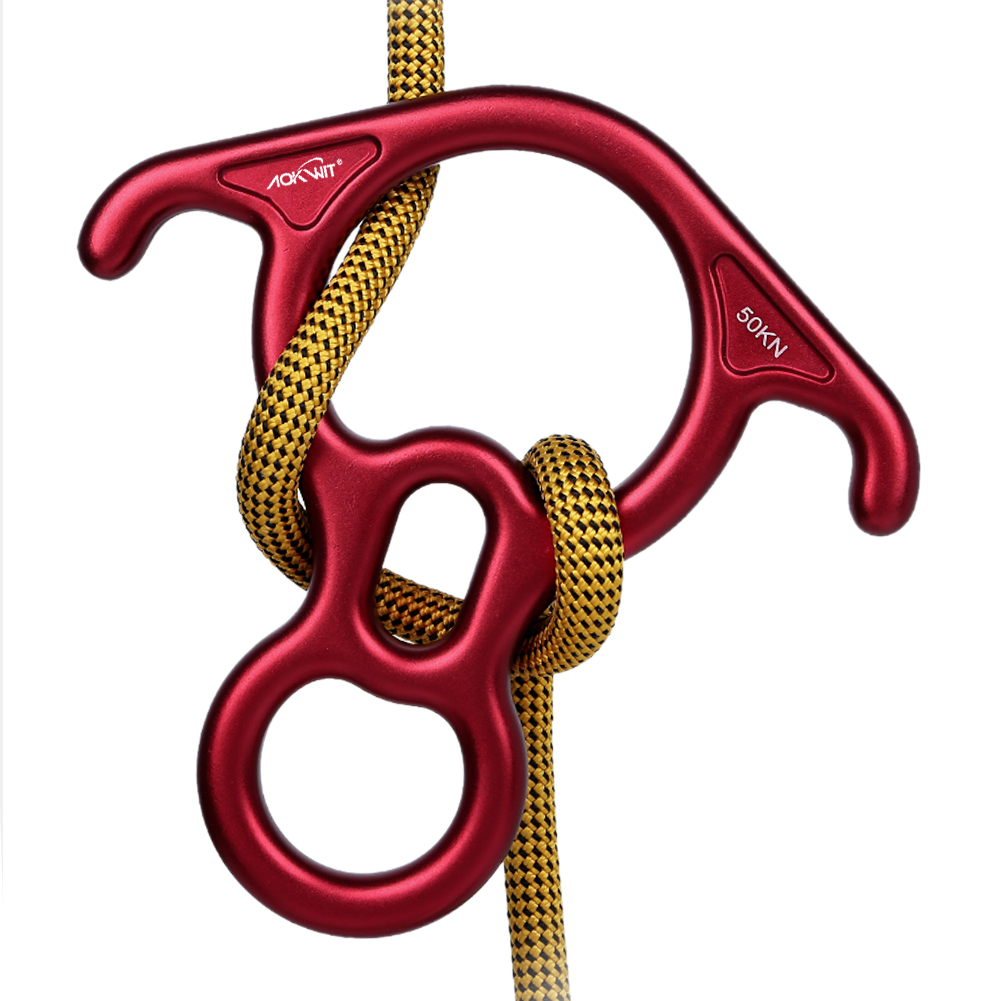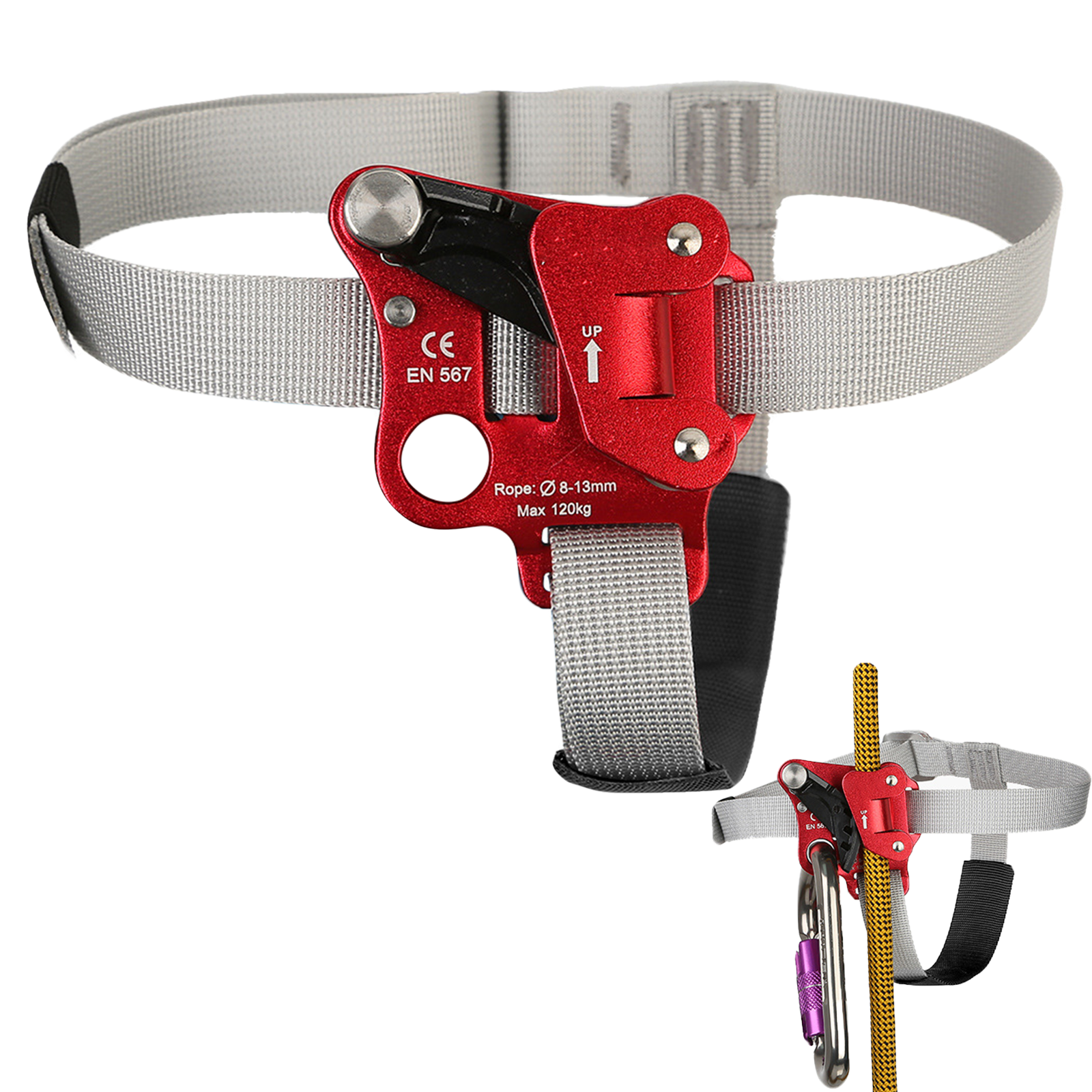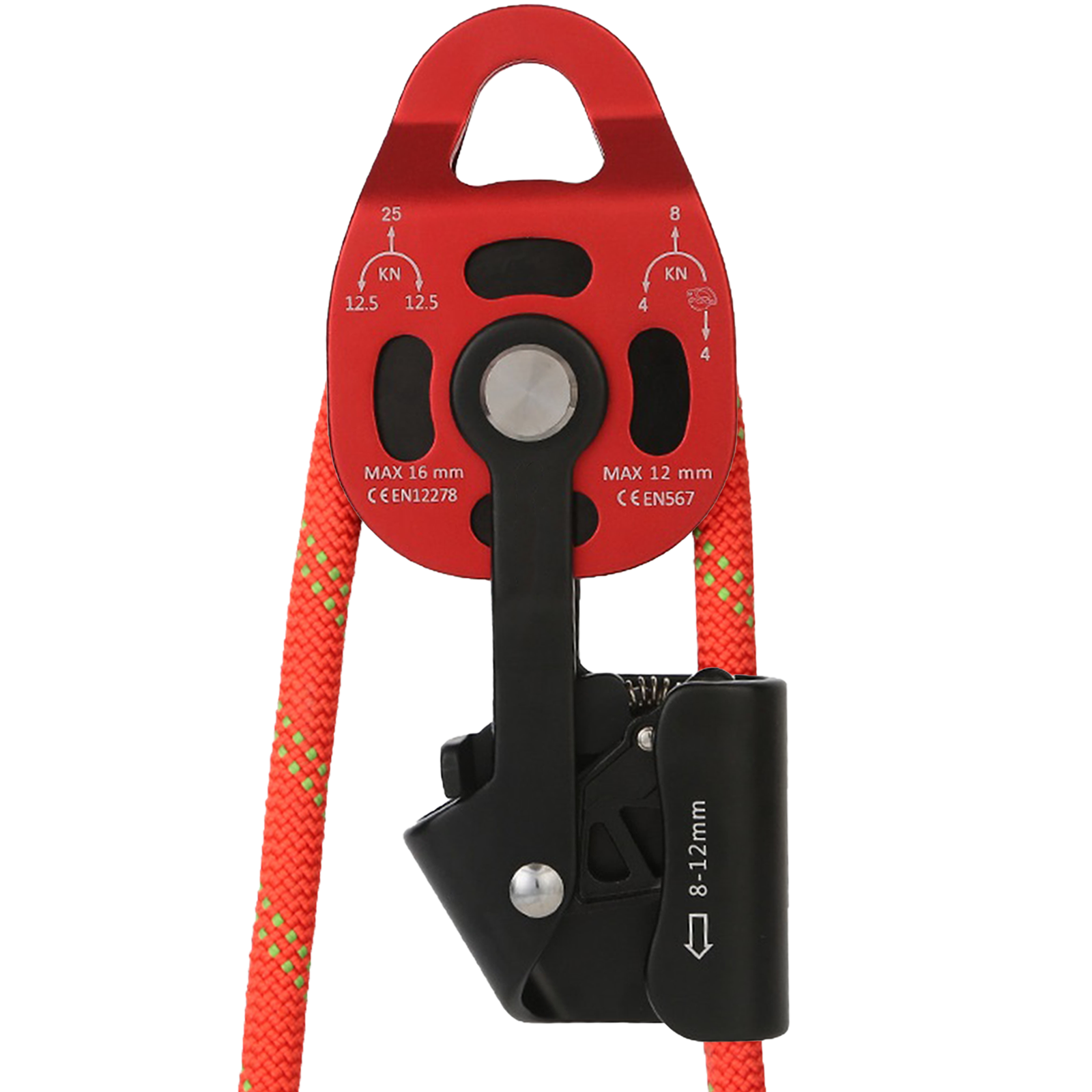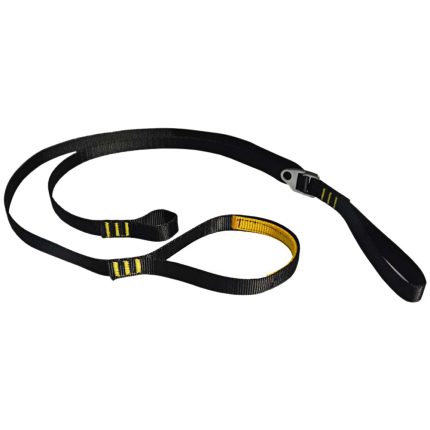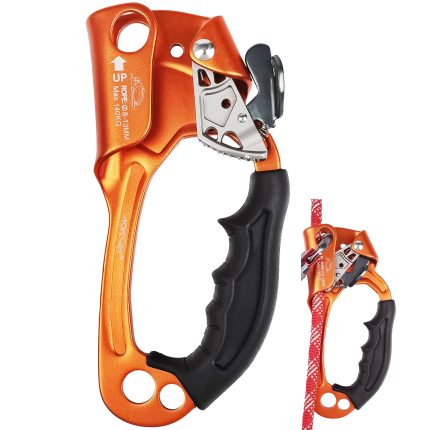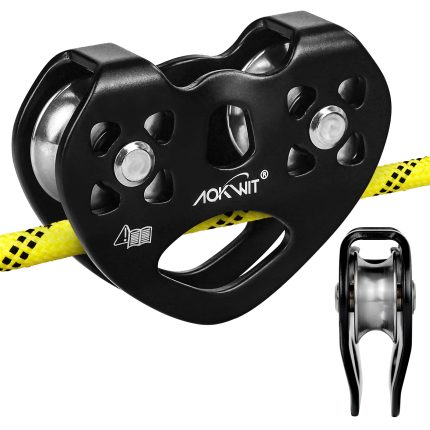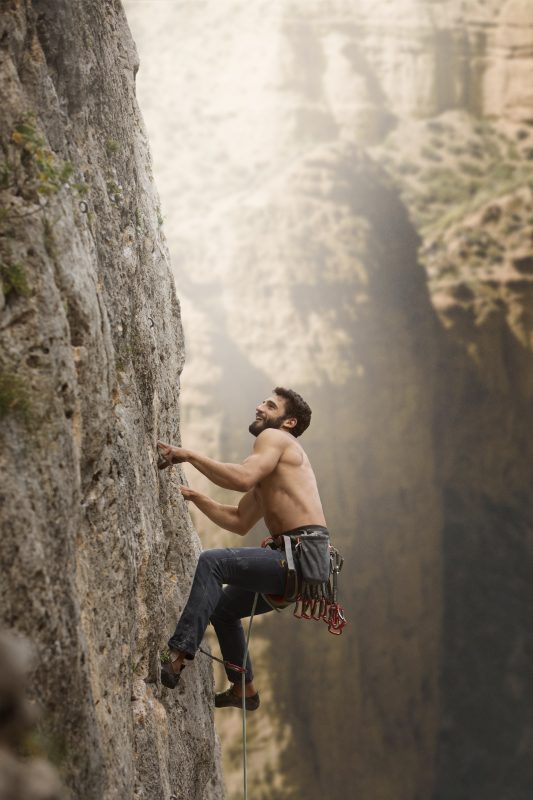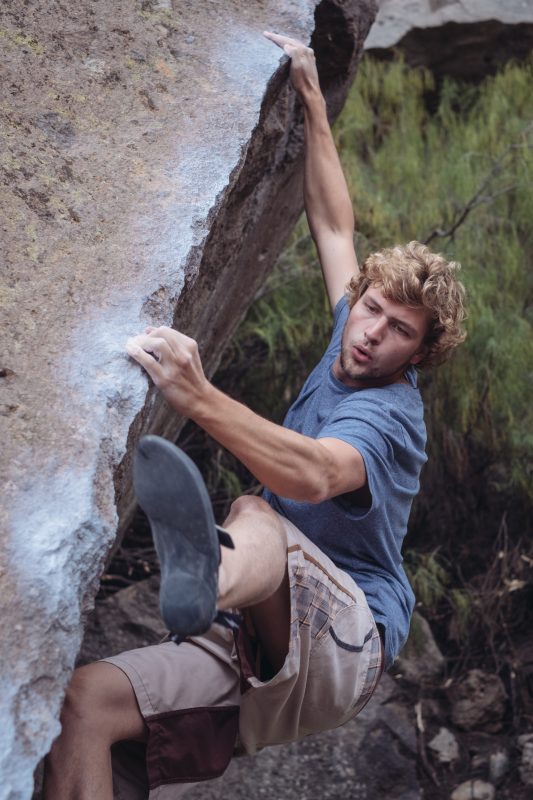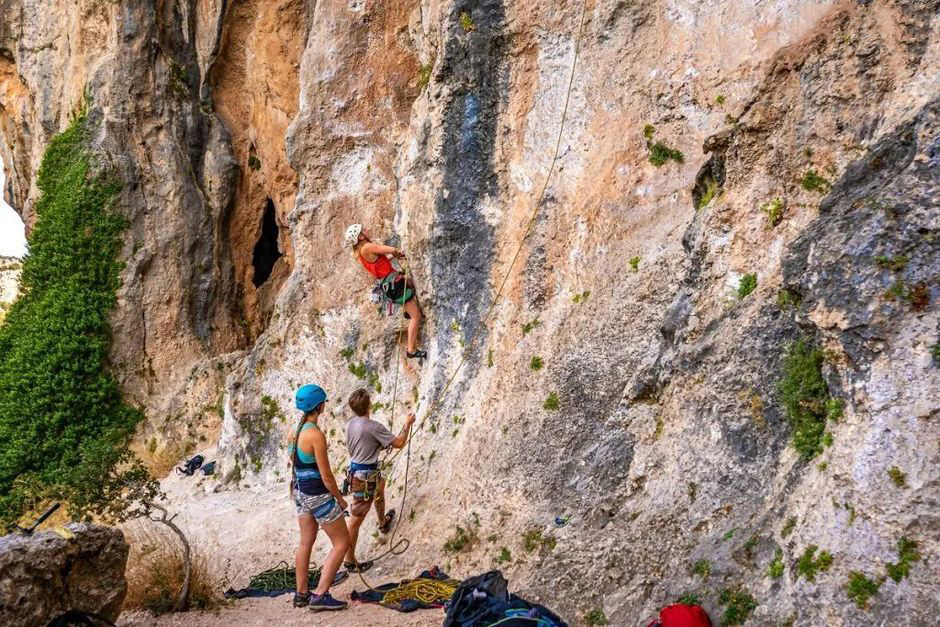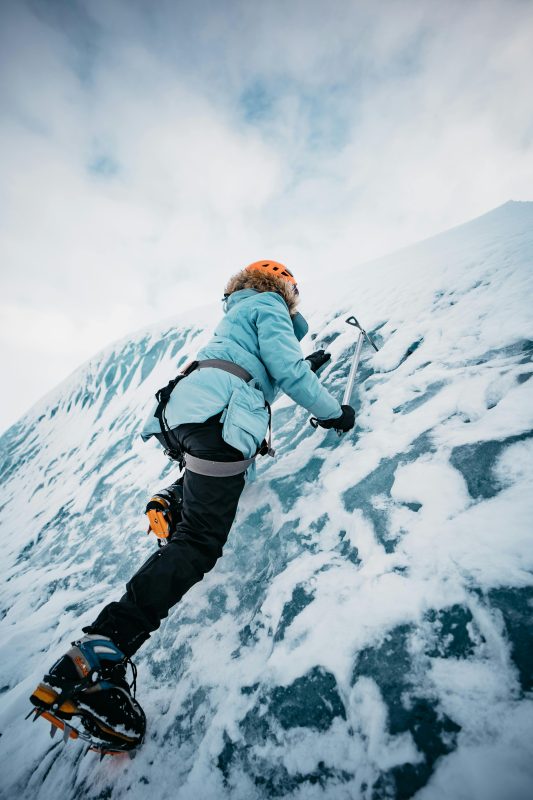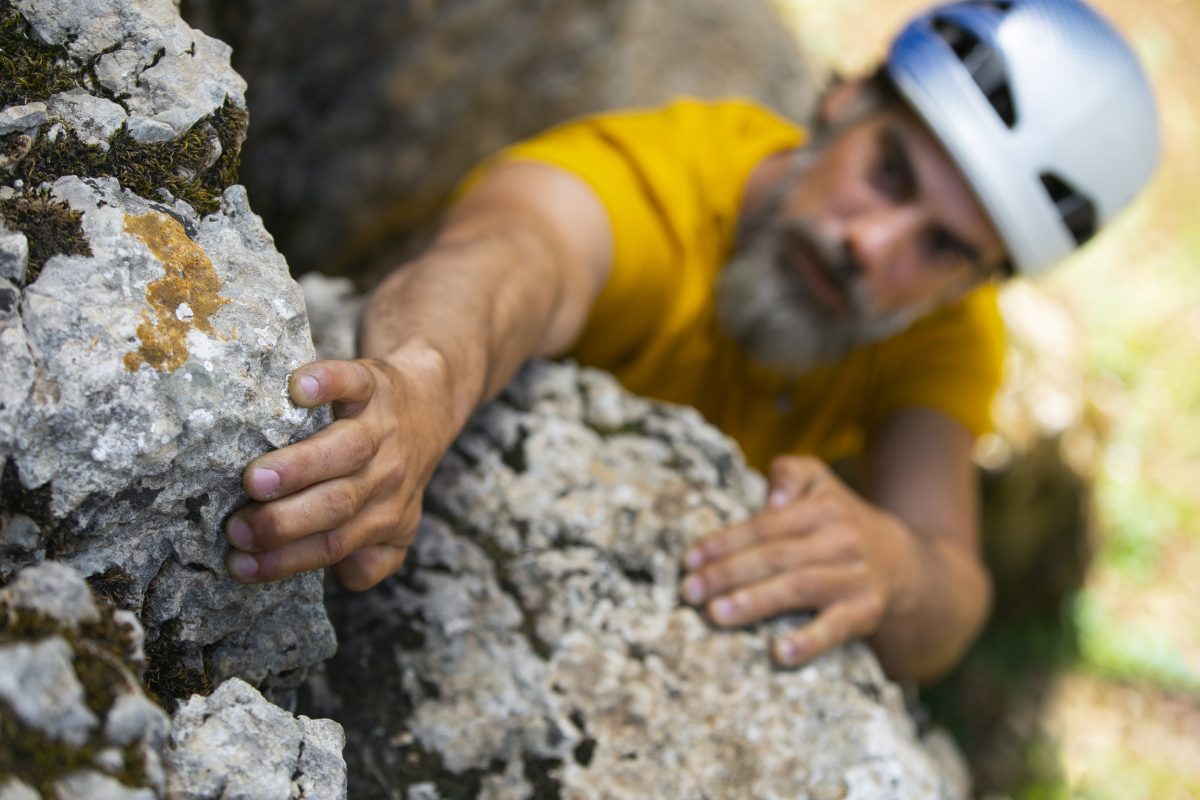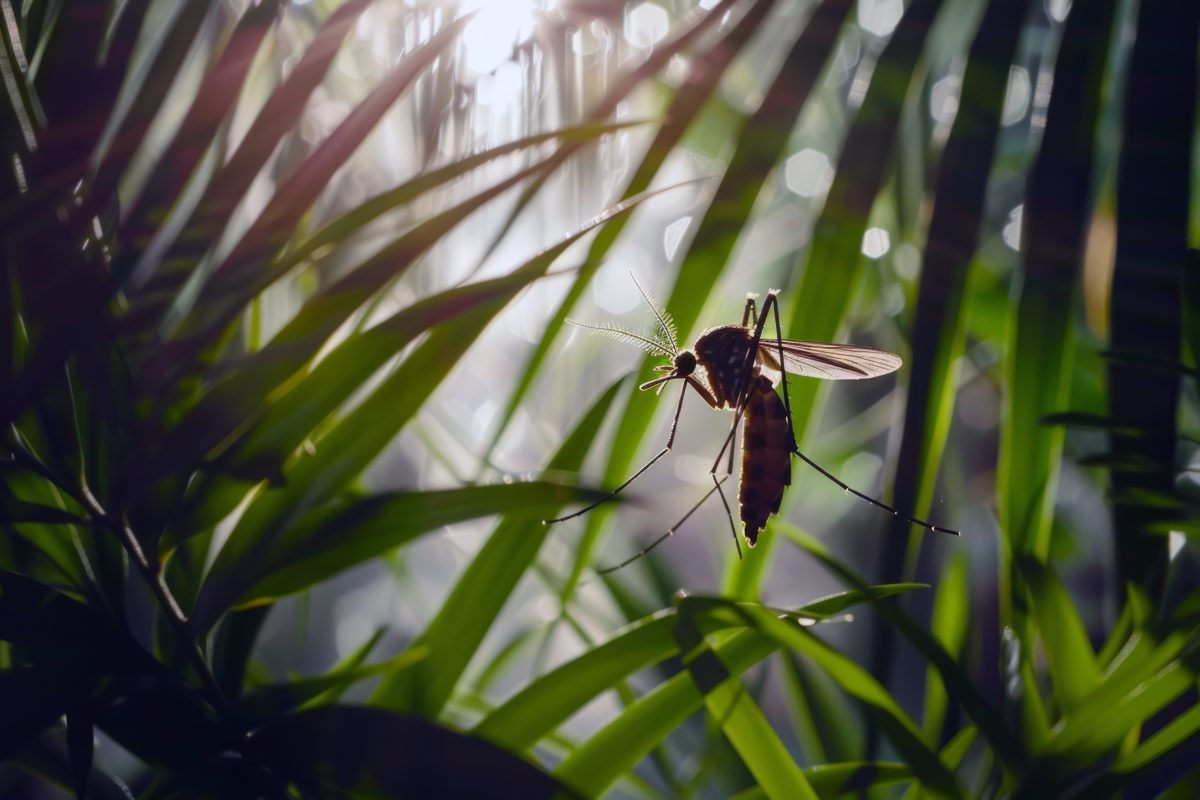Finger Protection Tips in Rock Climbing
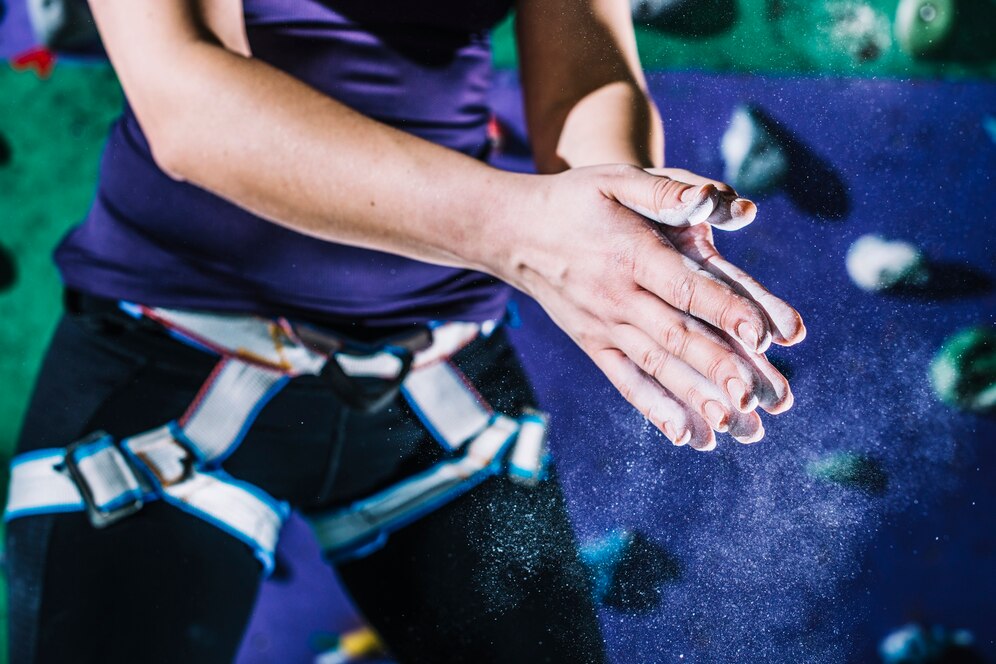
The most common finger injuries in rock climbing occur when using the Crimping grip, a technique employed to hold small edges or crimpers.
Causes of Injury
There are two primary causes:
- Overloading beyond one’s physical capacity.
- Insufficient finger warm-up.
Such strains typically cause pain in the tendons between the palm and the first phalanx (finger joint), or between the first and second phalanges. Pain in the third phalanx is less common.
Once injured, the risk of re-injury increases significantly, often accompanied by lingering discomfort.
Warm-Up Methods
The best way to warm up fingers is to climb easy routes. If adequate warm-up is not possible before a competition, alternatives like grip trainers or a fingerboard can be used.
Post-Injury Recovery
The only way to fully recover is complete rest from climbing. However, finger injuries heal slowly, requiring at least three months of rest.
For climbers unwilling to pause climbing for three months, an effective taping method can help alleviate stress on injured fingers.
Figure-Eight Taping Method
Use a wide, uncut athletic tape (available at pharmacies). Avoid using chalk before taping to ensure adhesion.
Steps:
- Positioning:
Bend the injured finger at a 90-degree angle between the first and second phalanges. Maintain this angle throughout the taping process.
2. Cutting Tape:
Tear the tape to an appropriate width (too narrow reduces support; too wide makes wrapping difficult).
3. Wrapping:
- Start at the base of the first phalanx.
- Wrap the tape in a figure-eight pattern, crossing over the joint between the first and second phalanges.
- Repeat 3–5 times (adjust based on individual needs).
This technique stabilizes the finger joint, reduces strain on tendons, and allows climbers to continue training while minimizing re-injury risks.


